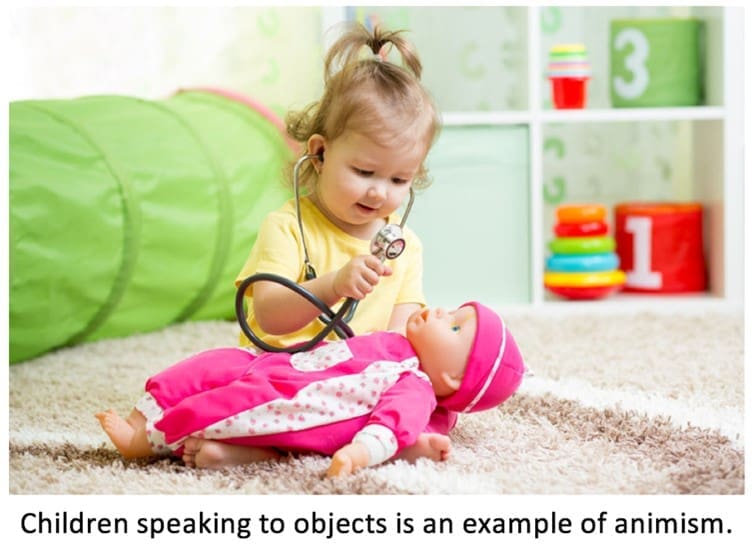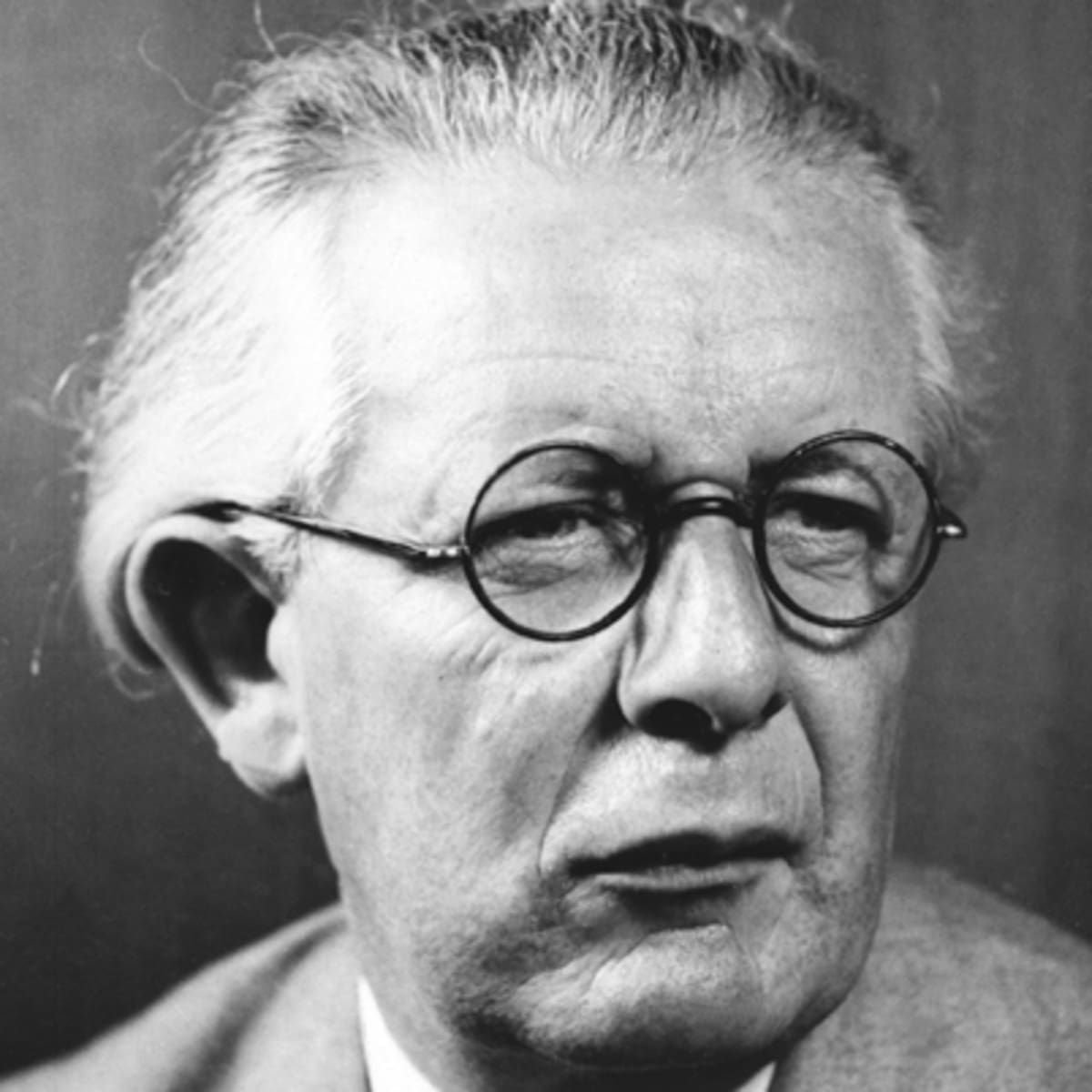In this post
Piaget was originally a biologist but moved into the study of development of children’s understanding through observing, talking to and listening to them whilst they worked on exercises he set. He became the most famous writer on children’s cognitive development and has been a huge influence within this area. His theory has at its centre the notion of the child actively trying to make sense of the world, and he referred to children as ‘little scientists’.
The stages of Piaget’s theory
When a theory has various stages, it means that those stages are followed in sequence; in other words, that they are fixed. It also means that whatever is at the centre of the theory, such as learning, gets better as the stages progress. Finally, it means that the theory applies to everyone; in other words, that it is universal.
The sensorimotor stage – from birth to around two years old
During this stage, children learn via their senses and through actions. They live only in the present moment, as they are unable to think in abstract terms, which is what remembering and projecting into the future involves.
Gradually during this stage, the baby learns to make sense of the information it receives through its senses and begins to develop schemas to understand what things are and what certain situations mean. For example, they may recognise that putting their coat on means that they are going out or that giving them a cup means that they will be having a drink.
The main features of this stage include:
- A personal body schema – this means that the baby learns to recognise itself in a mirror or a picture and that it understands that it physically exists
- Development of motor coordination – the areas of the brain responsible for this type of movement develop and enable the child to coordinate its body parts such as being able to reach and hold a toy or how to pull itself up from sitting
- Object permanence – before the age of around nine months, a baby will believe that if an object is not within its view, then it ceases to exist. This is why babies find the game ‘peek a boo’ so much fun – they think that the person hiding their face behind their hands keeps disappearing and then magically reappearing! After around nine months, a baby will begin to search for something hidden from view because it has now developed object permanence; knowing something still exists even though they cannot see it
The pre-operational stage – from two to about seven years old
At this stage, children’s learning becomes more developed as they begin nursery and then school. Their ability to use symbols develops very quickly in the form of speech where words represent (or symbolise) a concept. Children also develop the ability to role-play where they pretend to be someone else, such as mummy or daddy. Their ability to understand the concepts of past and future begin to develop although not fully until they are older.
However, at this stage, children are still limited in their ability to do certain things or to get them right, which include:
- Egocentrism – the child is unable to see things from anyone else’s point of view but their own. This was demonstrated by Piaget’s ‘Three Mountains’ task, which will be discussed in the next section
- Conservation – children at this stage are unable to realise that even though the appearance of something may change, it actually remains the same
- Animism – at this stage, children will speak to inanimate objects (i.e. those which are not alive) as though they are alive. They can often be found chatting to a doll or telling off a cushion if they have tripped over it!

The concrete operational stage – from seven to about 11 years old
As we know, a theory of stages states that whatever is being researched will improve as the stages are worked through, and this is certainly the case for children learning cognitive skills. By this stage, they are able to conserve, they no longer speak to inanimate objects and are able to see things from the viewpoint of others.
This stage also sees a new set of skills evolving, which include:
- New levels of humour – children can understand word games and double meanings; they also enjoy jokes and can laugh at the same one over and over
- Seriation – this means that they can put things into order such as smallest to tallest and darkest to lightest
- Problem solving – this skill does improve but children can only solve problems that they are able to see or touch; they cannot think in an abstract way yet
The formal operational stage – from 11 years onwards
This stage sees children of this age and onwards being able to think in a fully abstract manner, which means that they can discuss and solve problems about things that may not actually exist – this is often referred to as hypothetical thinking.
It is at this age where schools often introduce ‘the big issue’ or ‘the big topic’ where children are encouraged to think about their own ideas about a debatable topic and justify why they think that way. For example, they might discuss immigration or global warming, despite never actually being exposed to or having witnessed, first-hand, either of these things.
Children are also aware that actions have consequences, so they become aware of things like smoking can cause diseases and that drinking alcohol will make you drunk, which has further consequences.
Strengths of Piaget’s theory
- Piaget’s theory has been highly influential in developing education policies and teaching practice
- Methods of studying children were reviewed after his findings and have been used ever since
- His findings influenced many more researchers over the years and research continues, to this day, with Piaget’s original works at its foundation
Weaknesses of Piaget’s theory
- Some research has since found that the stages are not fixed and, instead, children can actually revert backwards or miss stages out completely
- Some research suggests that some adults are not capable of abstract thinking and therefore do not make it all the way through the stages
- Piaget was criticised for not considering emotion at all when carrying out his research – he was only interested in how children think and reason, not how they feel
- Piaget only describes the changes that occur within each stage and does not offer any explanations as to how they occur
- Piaget ignored the influence of a child’s environment and their social influences such as parents and peers who may speed up or slow down rates of development
- All of Piaget’s works are based on his own interpretation of his findings and therefore they are subject to bias – i.e. he could amend them to make them ‘fit’ his theory



